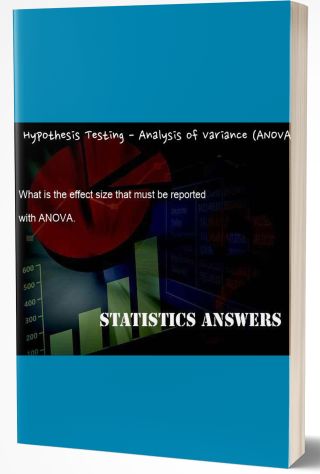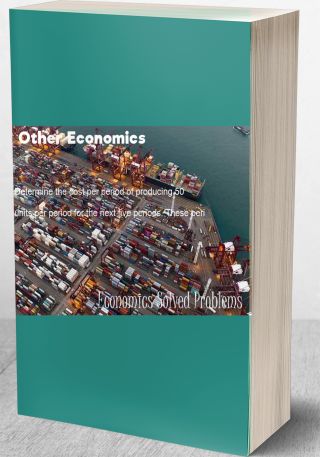A survey asked 2000 people whether or not they frequently exceed the speed limit. The collected data
Question: A survey asked 2000 people whether or not they frequently exceed the speed limit. The collected data is summarized in the following contingency table. The goal is to determine if there is a difference in the population proportion that say “yes” when comparing those who are under 40 years in age to those who are at least 40 years in age.
Table A.1. Data Summary
| Frequently Exceed the Speed Limit? | |||
| Age | Yes | No | Total |
Age under 40 |
600 (60%) | 400 | 1000 |
| Age 40 and above | 450 (45%) | 550 | 1000 |
| Total | 1050 | 950 | 2000 |
a. What is the response variable in this problem?
b. What is the explanatory variable in this problem?
c. What type of variable is the response variable? categorical or measurement
d. What is the appropriate population value for this problem? population mean or population proportion
e. Write out the null and alternative hypotheses in terms of the appropriate population value.
f. On the output found in Figure A.2 the test statistic is 6.72. Use this test statistic to write out a one-sentence interpretation of the p-value.
g. What conclusion can be made in terms of this problem? Why?
h. Compare the sample percent (proportion) that said yes for the two age groups that are found in Table A.1. Do you believe the results are practically significant? Include reasoning.
i. Could a Chi-square Test also be used to analyze this data? (Hint: Refer back to lesson assignments in Lesson 7.)
Test and CI for Two Proportions
Sample X N Sample p
< 40 yrs 600 1000 0.60
≥ 40 yrs 450 1000 0.45
Estimate for p(1) - p(2): 0.15
95% CI for p(1) - p(2): (0.107, 0.193)
Test for p(1) - p(2) = 0 (vs not = 0): Z = 6.72 P-Value = 0.000
Figure A.2.
Deliverables: Word Document


![[Solution] For patients with a particular disease, the population proportion who are successfully treated with #14397 Hypothesis Testing - Chi Square Test](/images/downloads-images/featured/Statistics-question-14396.jpg)
![[Solution] Recall our analysis of the data on Condo sales, with an asking price of $169,000, interior space of #6606 Hypothesis Testing - Non parametric tests](/images/downloads-images/featured/Statistics-question-14495.jpg)

![[Solution] Use following data to: ? Draw scatter plot ? Find coefficient of correlation and test significance a #635 Hypothesis Testing - Analysis of Variance (ANOVA)](/images/downloads-images/featured/Statistics-question-23101.jpg)

